6k (5760 x 1080), 5.1 sound
00:55:46
Liu Chuang
BIOGRAPHY
Liu Chuang (b. 1978, Tianmen) currently lives and works in Shanghai. In 2001, he received his BA from the Hubei Institute of Fine Arts.
Liu Chuang works primarily with film, sculpture, readymade and installation. His works often integrate long-term history and ecological arc for imagination, tracing the social, cultural and economic transformations of contemporary China. Weaving narratives that connect the micro and macro, past and present, fiction and reality, Liu Chuang explores how vast and complex changes in nature, tradition, demographics, cutting-edge technology, and socio-economic systems affect individuals and their engagements with the world as a whole.
His works have been featured in art museums including: National Museum of Contemporary Art Athens (ΕΜΣΤ), Athens, Greece (2022); Astrup Fearnley Museet, Oslo, Norway (2022, 2017, 2007); Centre Pompidou, Paris, France (2021, 2020, 2019); Centre Pompidou – Metz, Metz, France (2021); Kunsthalle Basel, Basel, Switzerland (2021); Seoul Museum of Art, Seoul, South Korea (2021); Power Station of Art, Shanghai, China (2021, 2014); MOT, Tokyo, Japan (2020); Taipei Fine Arts Museum, Taipei (2020); Para Site Hong Kong, Hong Kong, China (2020, 2016, 2012, 2009); NTU Centre For Contemporary Art, Singapore (2022, 2016); National Gallery Singapore, Singapore (2020); Guangdong Times Museum, Guangzhou, China (2019, 2018, 2017); Solomon R. Guggenheim Museum, New York, US (2018); House of World Cultures, Berlin, Germany (2016); Museum Berardo, Lisbon, Portugal (2016); Foundation Louis Vuitton, Paris, France (2016); Tampa Museum of Art, Tampa, US (2014); UCCA, Beijing, China (2013); Whitechapel Art Gallery, London, UK (2012); Minsheng Art Museum, Shanghai, China (2011); Pinacoteca Giovanni e Marella Agnelli, Turin, Italy (2010); New Museum of Contemporary Art, New York, US (2009); Macedonian Museum of Contemporary Art, Thessaloniki, Greece (2004); He Xiangning Art Museum, Shenzhen, China (2003) among others.
His recent biennales and triennials include: 2nd Thailand Biennial: Butterflies Frolicking on the Mud (2021); 11th Seoul Mediacity Biennale: One Escape At A Time (2021); 13th Shanghai Biennale: Bodies of Water (2021); 3rd Guangzhou Image Triennale 2021: Intermingling Flux (2021); Kathmandu Triennale 2077: Garden of Six Seasons (2021); 12th Taipei Biennial 2020: You and I Don’t Live on the Same Planet (2020); 5th Dhaka Art Summit: Seismic Movements (2020); 5th Ural Industrial Biennial of Contemporary Art: Immortality (2019); 7th Asian Art Biennial: The Strangers from Beyond the Mountain and The Sea (2019); 10th Shanghai Biennale: Social Factory (2014); 10th Gwangju Biennale: Burning Down the House (2014); The 43rd (Inter) National Salon of Artists (43 SNA): Guide To The Unknown (2013); 1st New Museum Triennale: The Generational – Younger Than Jesus (2009) among others.
His film festival participation includes: 38th Internationale Kurzfilm Festival Hamburg, Hamburg, Germany (2022 forthcoming); 32nd Singapore International Film Festival (SGIFF), Singapore (2021); 66th Berlinale (Berlin International Film Festival), Berlin, Germany (2016); 7th Bucharest International Experimental Film Festival (BIEFF), Bucharest, Romania (2016); 5th Kyiv International Shot Film Festival, Kyiv, Ukraine (2016); 8th Crosstalk Video Art Festival: Dark Ecology, Budapest, Hungary (2016); Arkipel-Jakarta International Documentary & Experimental Film Festival, Jakarta, Indonesia (2016) among others.
Numerous prestigious public institutions have collected Liu’s works, such as: Tate Modern, London, UK; Centre Pompidou, Paris, France; M+ Collection, Hong Kong, China; Astrup Fearnley Museet For Moderne Kunst, Oslo, Norway; LUMA Art Foundation, Arles, France; Kadist Collection, Paris, France; San Francisco, US; Rubell Family Collection, Miami, US; DSL Collection, Paris, France; The Walther Collection, New York, US; Guangdong Museum of Art, Guangzhou, China; K11 Art Foundation, Hong Kong, China; Sigg Private Collection, Switzerland; New Century Art Foundation, Beijing, China; Taikang Art Space, Beijing, China.
-
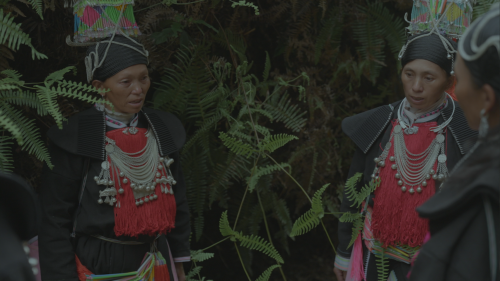
Liu Chuang, Lithium Lake and Island of Polyphony, 2023
作品信息Information -

Liu Chuang, Lithium Lake and Island of Polyphony, 2020
3-Channel Video, Color, Sound
35 mins 55 secs作品信息Information -

Liu Chuang, Bitcoin Mining and Field Recordings of Ethnic Minorities, 2018
6k (5760 x 1080), color, sound
40’
Commissioned for ‘Cosmopolis #1.5: Enlarged Intelligence’ with the support of the Mao Jihong Arts Foundation
Liu Chuang’s video installation constructs a speculative journey through the history of technology, infrastructure, ecology and finance, intertwining this with anthropological knowledges and science fiction’s global imaginary. During his field trips, the artist observed that a large number of bitcoin mining sites are located inside abandoned hydroelectric plants in the rural terrains of Western China, an area also home to many minority groups. Contextualising questions of capital investment within histories of science and popular culture, the work makes lateral epistemological connections and reminds us that the deployment of cutting-edge technology is dependent on ecological and minority intelligences. Liu also explores how developments in infrastructure and capital have rendered these intelligences fragile, underlining the related destinies of the particular and the planetary. (by Cosmopolis 2#, Centre Pompidou)
作品信息Information -

Liu Chuang, Can Sound Be Currency?, 2021
2k, color, stereo
19’43”作品信息Information -

Liu Chuang, Gluttonous Me, 2018
EVD: an all-in-one home entertainment system (walnut cabinet, Atman TV, amplifier, PC computer, 7 JBL loudspeakers, 1 JBL bass speaker, 7.1 surround sound system, plastic lampshades, LED light control system, mirror with aluminum alloy frame)
Video: 28’37”
EVD:2300 x 1550 x 500 mm, Mirror With Aluminum Alloy Frame:7200 x 3000 x 500 mm x 2
作品信息Information -

Liu Chuang, Special Economic Zone, 2018
2k, Color, Stereo
25’56”作品信息Information -

Liu Chuang, BBR1 (Bud Blossom Restrainer), 2015
2k, Color, Stereo
00:04:56
Edition of 6+2AP作品信息Information -

Liu Chuang, Untitled (The Festival), 2015
Video, Color, Sound
5’14”作品信息Information -
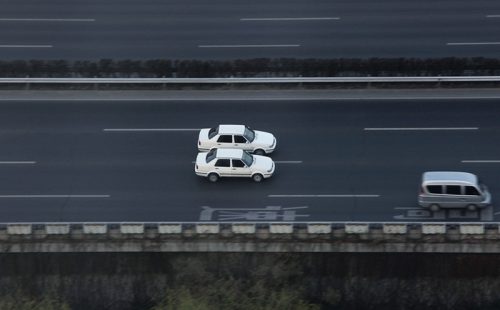
Liu Chuang, Untitled (Dancing Partner), 2010
Single-channel HD Video, Color, Stereo
11’30”作品信息Information -
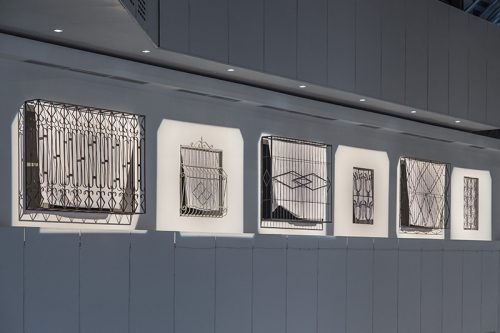
Liu Chuang, Segmented Landscape, 2014
Steel structure, white cotton cloth, electric fan and projection
Dimensions variable
Commissioned by the 10th Shanghai Biennale and Power Station of Art作品信息Information -
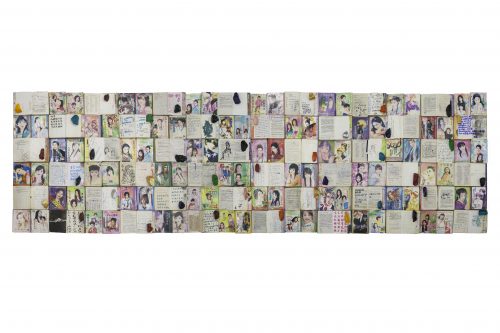
Liu Chuang, Love Story No. 9, 2016
Old Books
Dimensions Variable作品信息Information -
-500x2112.jpg)
Liu Chuang, Buying everything on you (Liu Haifa), 2013
T-Shirt, Underwear, Jeans, A Pair Of Socks, A Pair Of Leather Shoes, Two Keys, Necklace, Keychain, Key Ring, Phone, Mobile Phone Charger, Wallet, Four Coins, Nine Banknotes, Six Business Cards, ID Card, Eight Big Shots, Two Telecommunications Cards, Two Photos, Ball Pen, Two Photo Bags, Fruit Knife, Wrapped Knife, Tissue Bag, Shopping Receipt, Delivery Note, Leaflets, Service Card, Flyer With Business Card, Plastic Folder, Four Banks Into The Bill, Two Delivery Notes, Registration Form, Customer Contact List, Manuscripts, Envelope, Notebook, Express Single, Invoice, Handwritten Receipt, Tax Registration Certificate, Five Test Orders, Two Bank Information Sheets, Cooperation Agreement, Handwritten List, Product Safety Instructions, Five Product Price List, Four Customer Data Sheets, Reminder List, Policy, Tax Documents, Customer Interview Record Sheet, Two Quotations, Newspaper, Nineteen Illegible Papers
120 X 504 X 20 cm
作品信息Information -
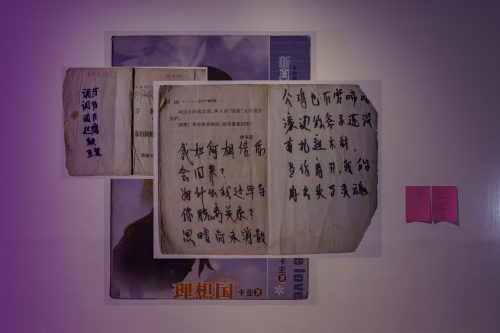
Liu Chuang, Love Story, 2013/2021
Digital inkjet prints
Dimensions variable作品信息Information -

Liu Chuang, Anonymous Album, 2008
Kodak Royal Paper, Konica Long Life 100, Fujicolor Crystal Archive Paper
9 x 12.5 cm / each, 90 pieces in total作品信息Information -
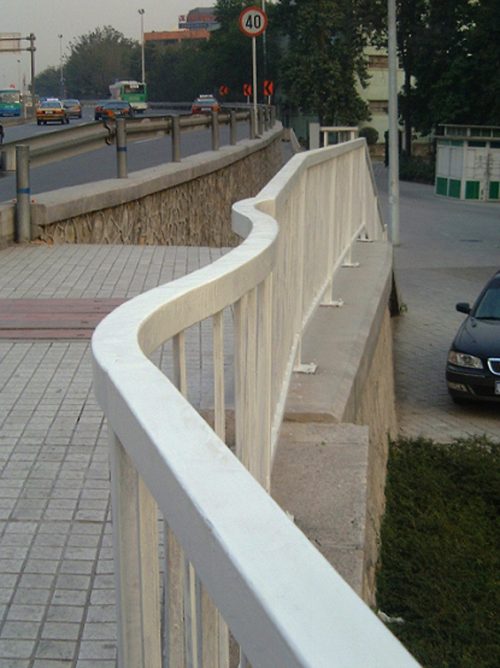
Liu Chuang, Railing, 2003
Steel structure
Installation View at He Xiang Ning Museum, Shen Zhen, China;
作品信息Information -
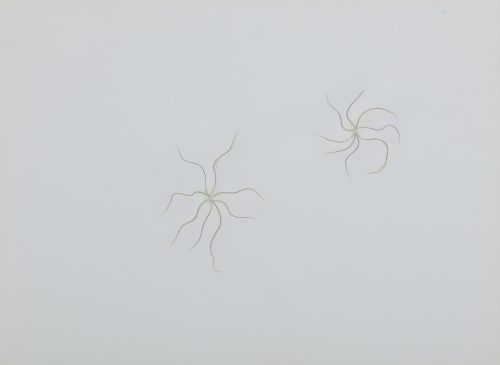
Liu Chuang, Weed Collection, 2003
Photo: Courtesy of M+, Hong Kong
hair, glue and copperplate paper
21×29.4cm
作品信息Information -
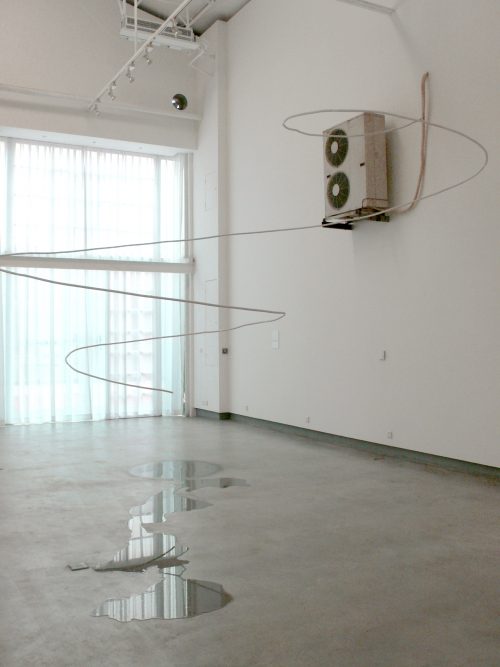
Liu Chuang, Untitled(The History of Sweat) 1, 2007
Air-conditioning
Dimension VariableIstallation view at J&Z gallery, Shenzhen
作品信息Information -
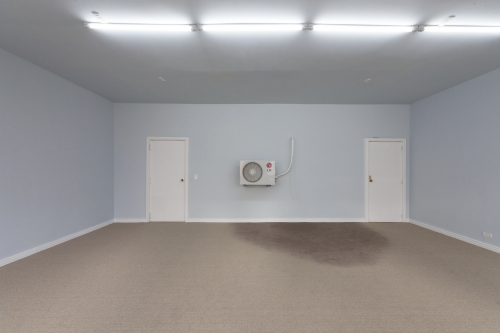
Liu Chuang, Untitled(The History of Sweat) 2, 2007
Air-conditioning
Dimension VariableIstallation View at Edificio Antioquia ,Medellin,Colombia
To know not to know, (43 sna) the national salon of artists作品信息Information -

Liu Chuang, Untitled(unknown river)Ⅱ, 2008
Water pipe, Chair, Table
Dimension Variable
Installation view at T Space , Beijing作品信息Information -
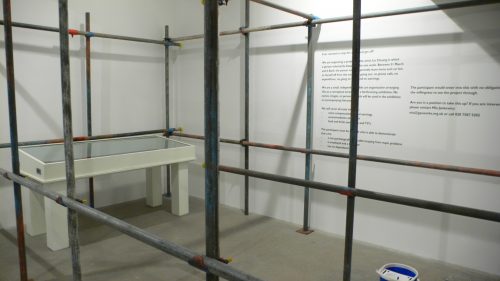
Liu Chuang, She is here!, 2007
conceptual artworks
作品信息Information -
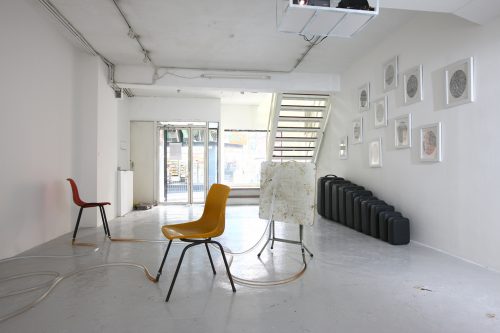
Liu Chuang, Untitled(unknown river)Ⅲ, 2008
Water pipe, Chair, Table
Dimension Variable
Installation view at Para-site Space, Hongkong作品信息Information -
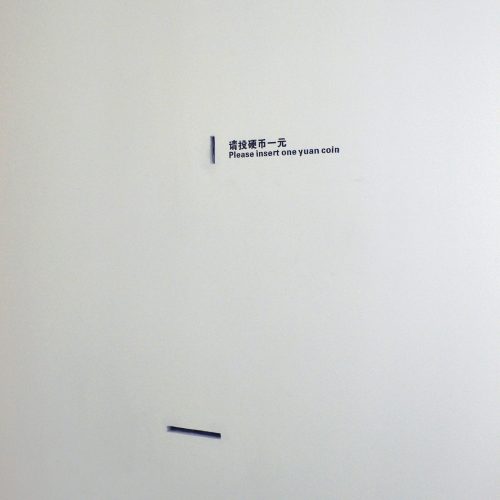
Liu Chuang, Past Oppotunity, 2008
Installation
Dimension Variable
Installation view at Tang Gallary, Beijing作品信息Information -
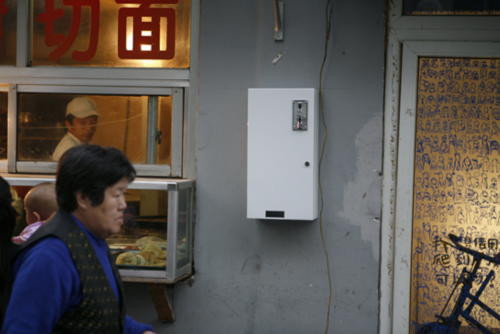
Liu Chuang, Past Oppotunity, 2010
Installation
Dimension Variable
Installation view at Arrow Factory, Beijing作品信息Information -

Liu Chuang, 13#, 2012
Wood, Paint
240x240x200cm.
Installation view at CIGE(China International Gallery Exposition), Beijing作品信息Information -
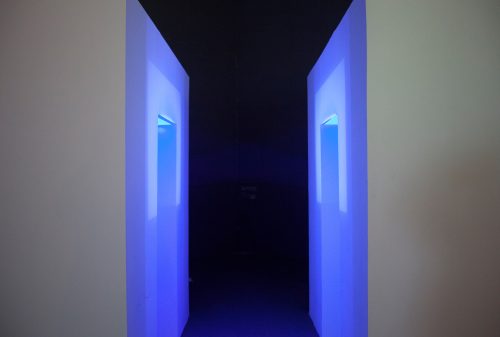
Liu Chuang, 14#, 2012
Mixed Media (Square Space, Projector, Flash File)
Installation view at Tang gallary, Beijing作品信息Information -

Liu Chuang, 15#, 2012
Mixed Media (Square Space,Projector, Flash File)
Installation view at Taikang Space,Beijing作品信息Information -
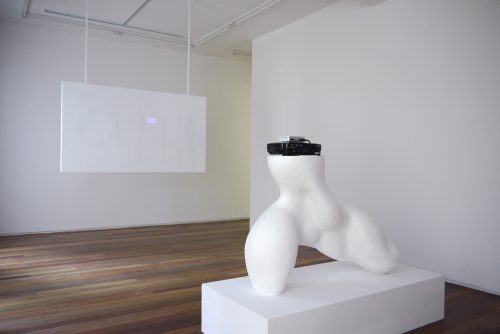
Liu Chuang, 16#, 2012
Screen, projector, video files, hans arp sculpture plaster imitation
Dimension Variable
Installation view at Leo Xu Projects, Shanghai作品信息Information -
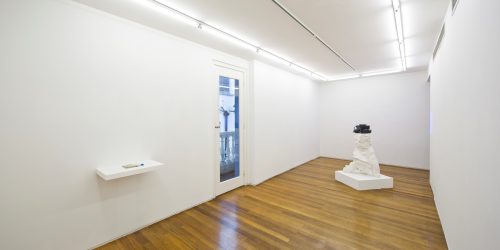
Liu Chuang, 17#, 2012
projector, video files, Bernini’s sculpture “Neptune”plaster imitation
Dimension Variable
Installation view at Leo Xu Projects, Shanghai作品信息Information -

Liu Chuang, 18#, 2012
Projectors, video files, doors, Georges Vantongerloo’s sculpture FRP imitation
Dimension Variable Installation
View at Leo Xu Projects,Shanghai作品信息Information -

Liu Chuang, Untitled(The Midnight Flights), 2013
Steel structure
750x285x280cm
Installation view at UCCA, Beijing作品信息Information
Artworks
-
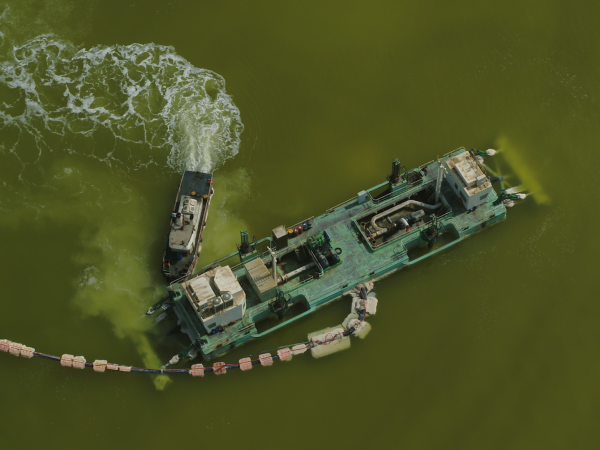
Liu Chuang: Lithium Lake and Island of Polyphony
2023.11.04 – 2023.12.30
-

Horizons: Is there anybody out there?
2023.09.16 – 2023.10.25
Curator: Robin Peckham
Participating Artists: Korakrit Arunanondchai, Dora Budor, Hilo Chen, Xinyi Cheng, Cui Jie, Simon Denny, Daniel Dewar & Grégory Gicquel, Buck Ellison, Carolyn Forrester, Owen Fu, Sayre Gomez, Guan Xiao, Han Bing, Tishan Hsu , Frieda Toranzo Jaeger, Allison Katz, KAYA (Kerstin Brätsch & Debo Eilers), Matthew Lutz Kinoy, Josh Kline, Stanislava Kovalcikova, Heidi Lau, Li Ming, Yong Xiang Li, Liu Chuang, Jr-Shin Luo, Nancy Lupo, Mai Zhixiong, Helen Marten, Alexandra Noel, Peng Zuqiang, Tara Walters, Evelyn Taocheng Wang, Xie Nanxing, Joseph Yaeger, Yu Honglei, Yu Peng, Zhao Gang, Zhou Siwei (alphabetically) -
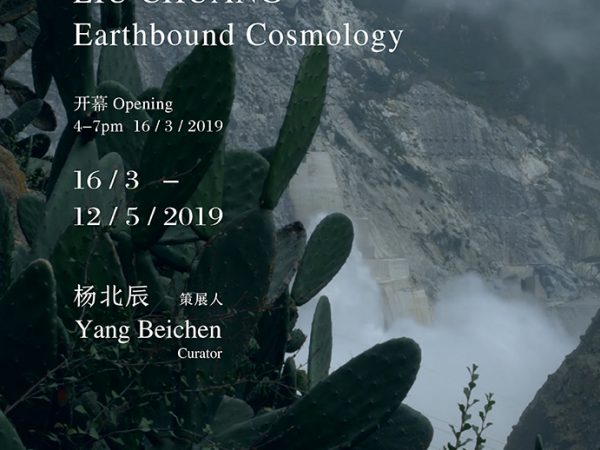
Liu Chuang:Earthbound Cosmology
2019.03.16 – 2019.05.12
Qiao Space
2555 Longteng Avenue, Xuhui District, Shanghai, China
EXHIBITIONS
-
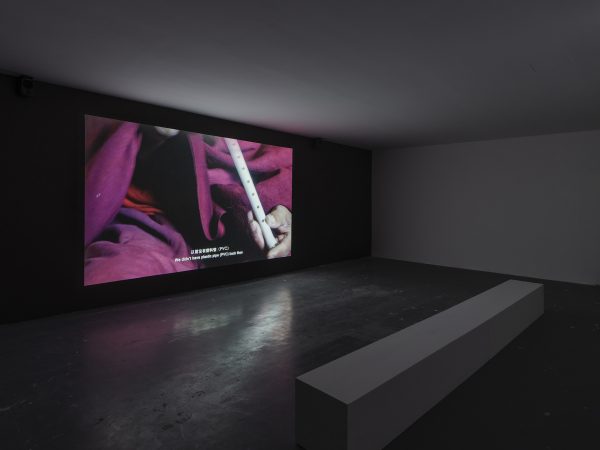
Liu Chuang | “Postscript of Silence” @ Ming Contemporary Art Museum
2023.11.04-2024.02.25
-
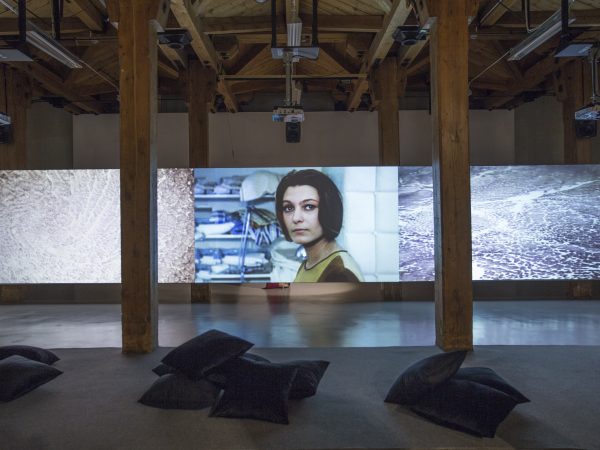
Liu Chuang | Luleå Biennia 2022, Sweden
2022.10.15-2023.01.15
-

Liu Chuang | “Statecraft (and beyond)” @ National Museum of Contemporary Art Athens (ΕΜΣΤ)
2022.06.17-2022.10.30
-
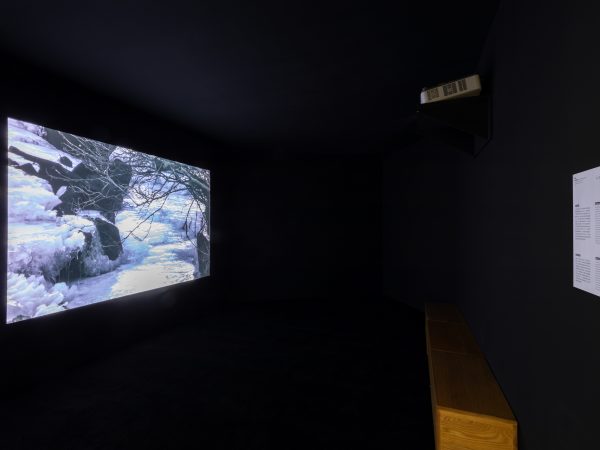
Liu Chuang | “Body Cosmos: The Art of Living Together” @ Xie Zilong Photography Museum
2022.04.30-2022.08.28
-
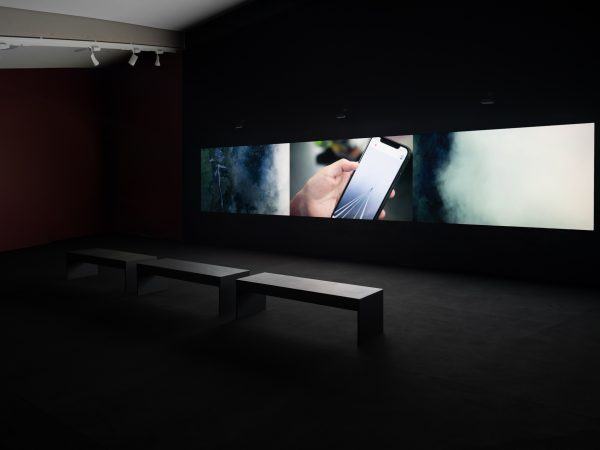
Liu Chuang | “INFORMATION (Today)” @ Astrup Fearnley Museet
2022.02.04-2022.04.24
-
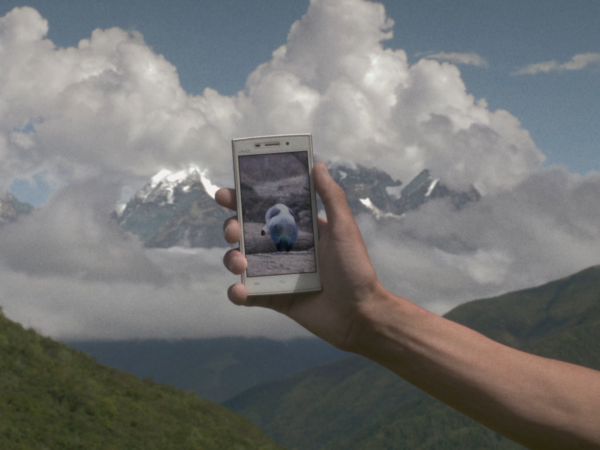
Liu Chuang | “Free Jazz IV – Geomancers” @ NTU Centre for Contemporary Art Singapore
2022.01.14-2022.01.23
-
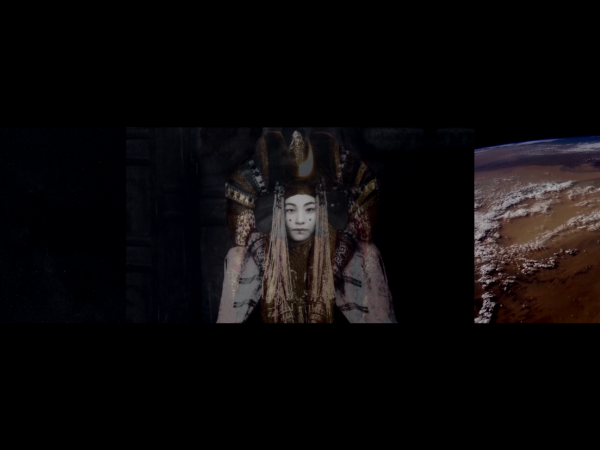
Liu Chuang | “Thailand Biennale, Korat 2021: Butterflies Frolicking on the Mud: Engendering Sensible Capital” @ Korat
2021.12.18-2022.03.31
-
,尺寸多变-600x450.jpg)
Liu Chuang | “Paradiso: Selections from the Taikang Collection” @ Taikang Space
2021.11.30-2022.01.20
-
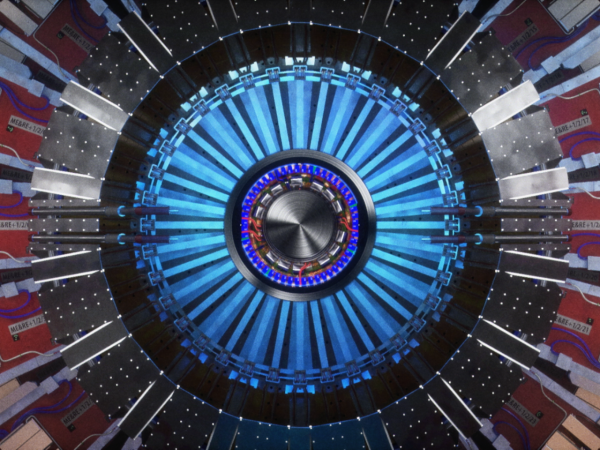
Liu Chuang | “You and I Don’t Live on the Same Planet” @ Centre Pompidou-Metz
2021.11.06-2022.04.04
-
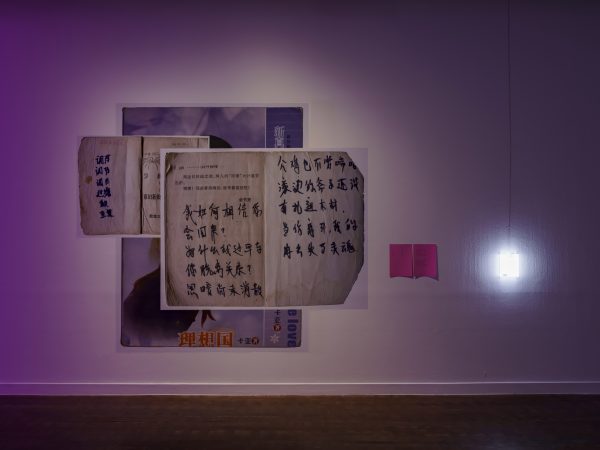
Liu Chuang | “11th Seoul Mediacity Biennale: One Escape at a Time” @ Seoul Museum of Art
2021.09.08-2021.11.21
-
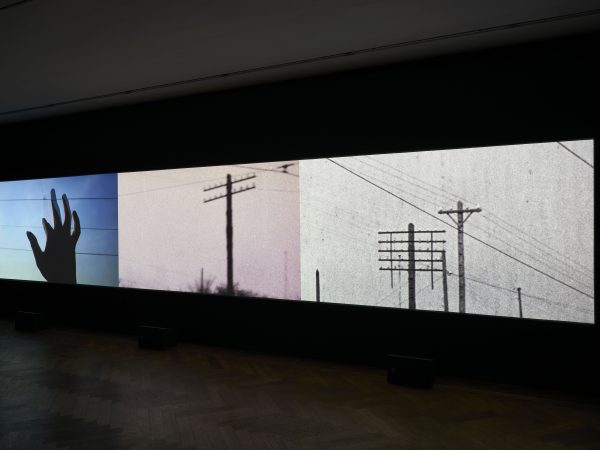
Liu Chuang | “INFOTRMATION (Today)” @ Kunsthalle Basel
2021.06.25-2021.10.10
-

Liu Chuang | “Reclamation, New Rocks, Stray Dogs, Birds, and Acoustics of the Garden” @ Incheon Art Platform Gallery
2021.05.21-2021.07.25
-

Liu Chuang | “The 13th Shanghai Biennale: Bodies of Water” @ Power Station of Art
2021.04.17-2021.07.25
-
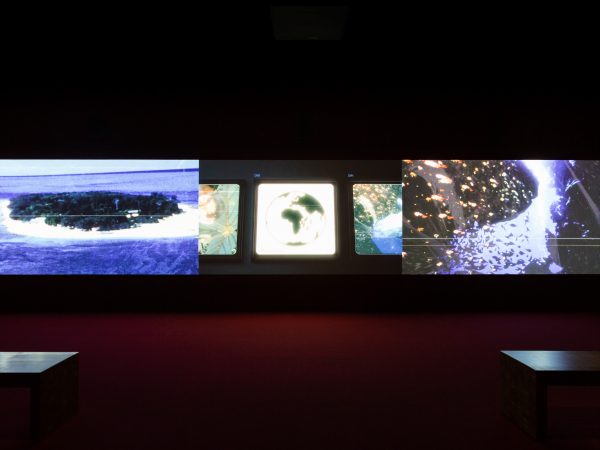
Liu Chuang | “Taipei Biennial 2020” @ Taipei Fine Arts Museum
2020.11.21-2021.03.14
NEWS
-
Meet the artist-explorer Liu Chuang | Alvin Li
He tackles bitcoin mining and engineered nature in his ambitious installations
Nestled in the Shanghai suburb of Songjiang, Liu Chuang’s studio is piled to the rafters with neatly organized books. Maps of various scales hang on the wall. Among the many charts and diagrams stuck to the shelves, I also spot a periodic table of elements. This scholarly setting recalls the office of a historian or a geographer more than an artist’s studio – and yet, over the past few years, Liu’s work has impressed the Chinese art milieu with an ever more interdisciplinary speculative practice that spans video, sculpture, and installation. Employing an expansive web of references that continuously stretches the discursive framework of his own work, the artist has also challenged the limits of Chinese contemporary art as a whole.
-
Cannibalised cultures and colonised territories | Mark Rappolt
One of the ways in which we assimilate the new is to insist that it is, in fact, old. Nothing comes from nothing, as the old saying goes. That certainly seems to be the case in Shanghai-based Liu Chuang’s three-channel videowork Bitcoin Mining and Field Recordings of Ethnic Minorities (2018). The work takes the form of found and filmed footage with a voiceover narrative that traces material and immaterial lines of power that have been deployed in China, over the past few thousand years, to conquer people and territories, and to generate material and immaterial profit. The narrative moves from economic inflation triggered in eastern China during the fifth century BCE, when King Jing of Zhou reduced the amount of copper in coins in order to fuel an obsession with creating enormous bronze chime bells, to nomadic bitcoin miners, operating outside any centralised banking system, herding their rigs across present-day China in harmony with the seasonal and regional variations in energy production.
-
In Focus: Liu Chuang | Paul Teasdal
Liu Chuang’s latest work, Segmented Landscape (2014), consists of six metal window grilles, each bearing a distinct geometric pattern. Installed above visitors’ heads in the main hall of the Power Station of Art, the venue for the 10th Shanghai Biennale, it is lit by spotlights while an artiȷcial breeze causes pieces of white gauze, hanging like curtains behind each grille, to shift gently. The shadows cast by the grilles appear as patterns transposed onto the fabric. The overall eȴect is of a series of photograms, which seems ȷtting since the work is, to some extent, a snapshot of China in the late 1980s and early ’90s, when such window guards suddenly began appearing on houses and apartments across the country. At that time, they could be seen as a visual reminder of China’s burgeoning prosperity; here, they seem a quiet lament to the individualization that has been a by-product of economic growth.
-
Love Story: Liu Chuang | Paul Laster
No stranger to the American art scene, Liu Chuang’s conceptual art has been featured in several outstanding group shows in the United States, including “The Generational: Younger Than Jesus” (2009) at New York’s New Museum, “28 Chinese” (2013) at Miami’s Rubell Family Collection, and “My Generation: Young Chinese Artists,” which recently debuted at the Tampa Museum of Art as well as the Museum of Fine Arts, St. Petersburg.
